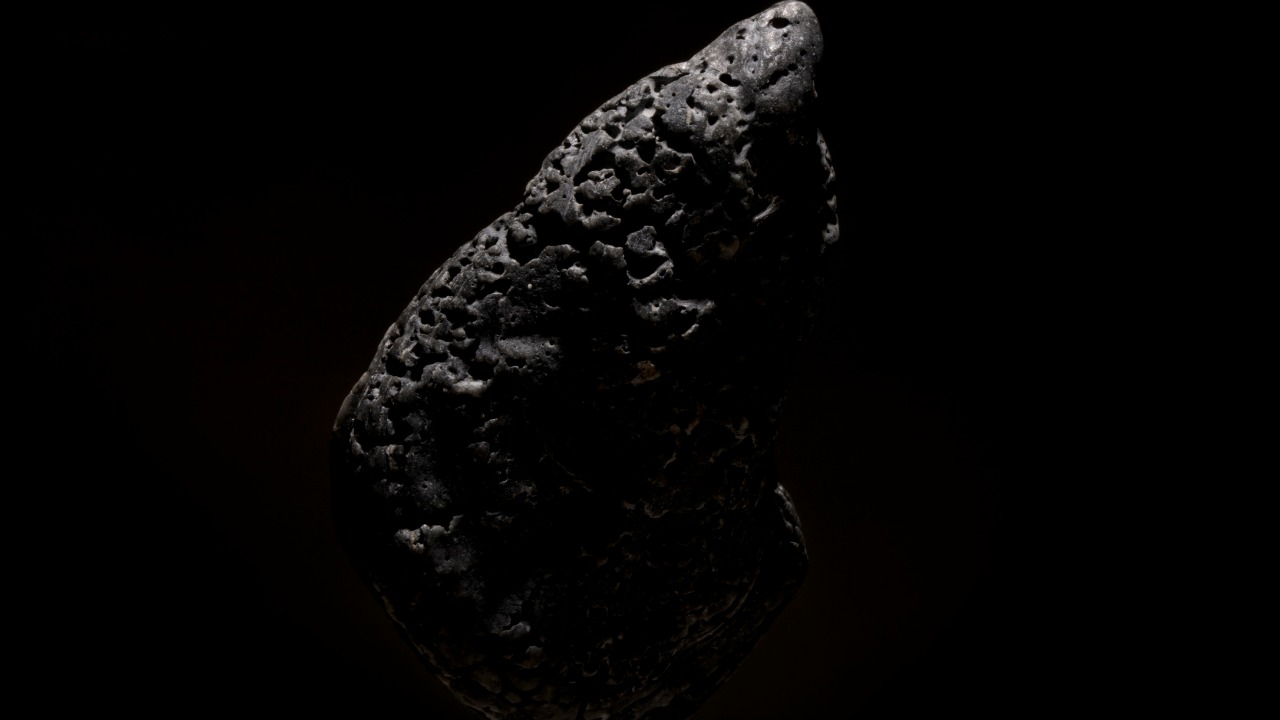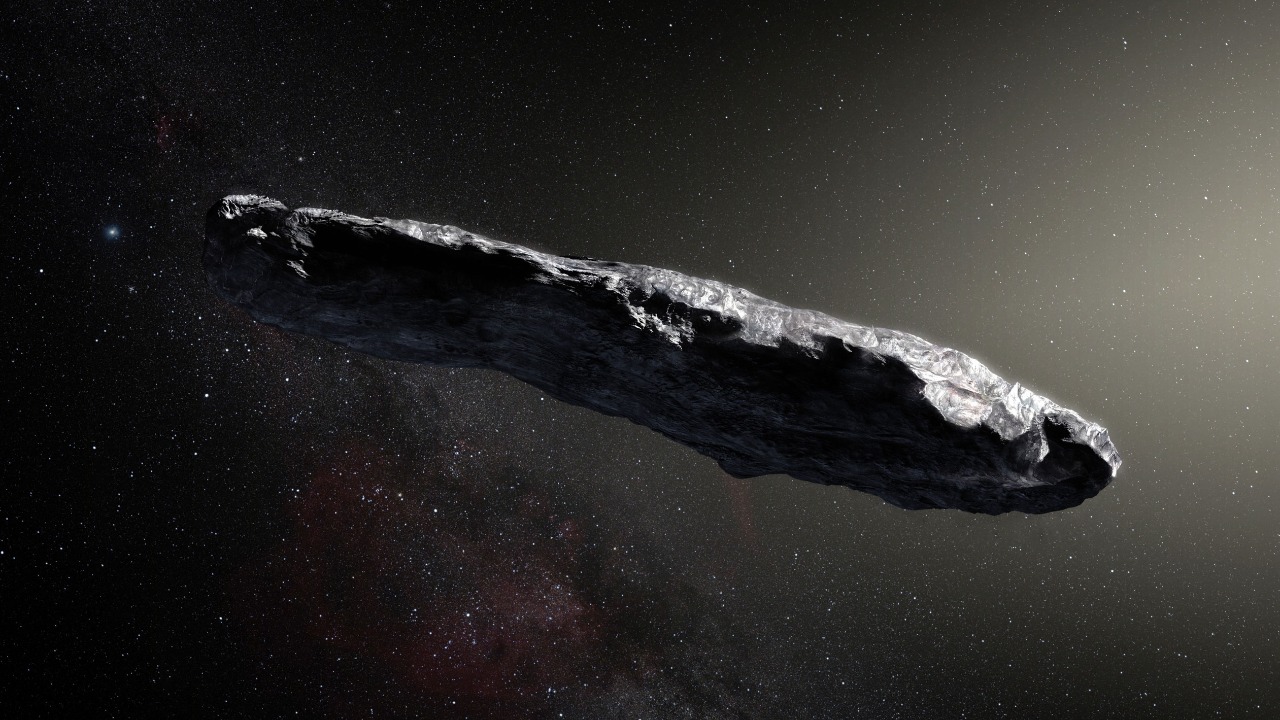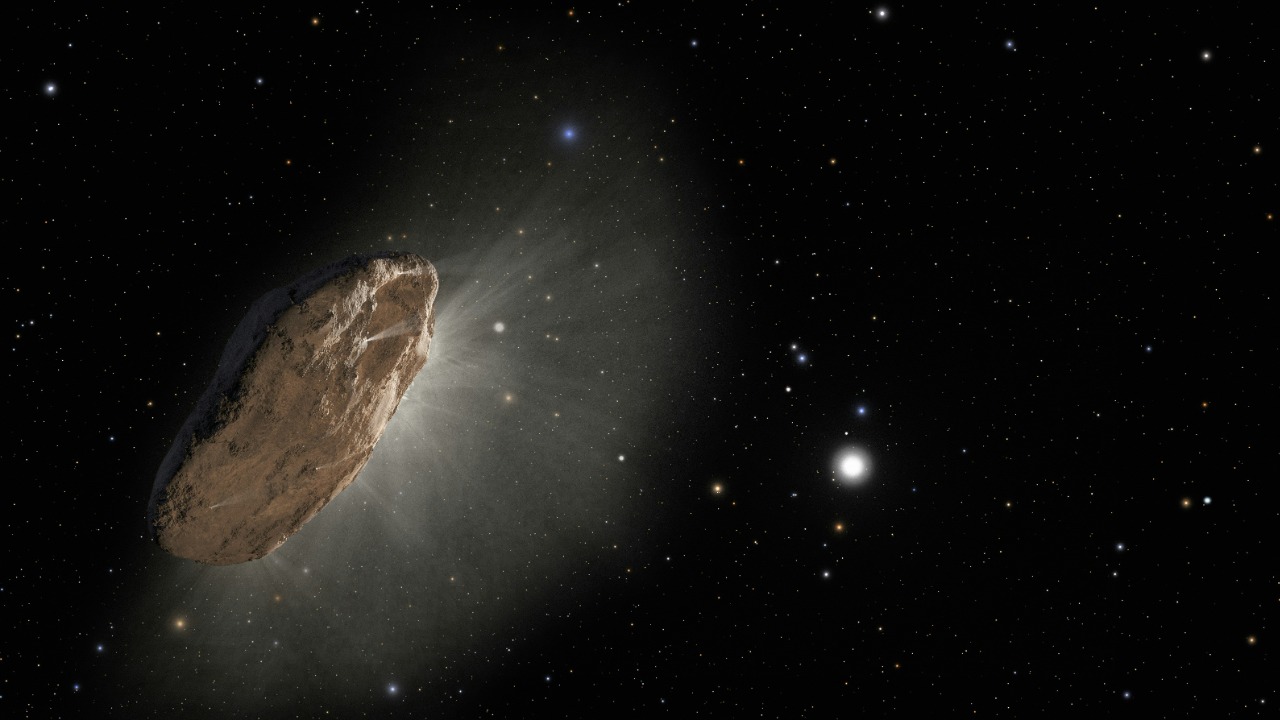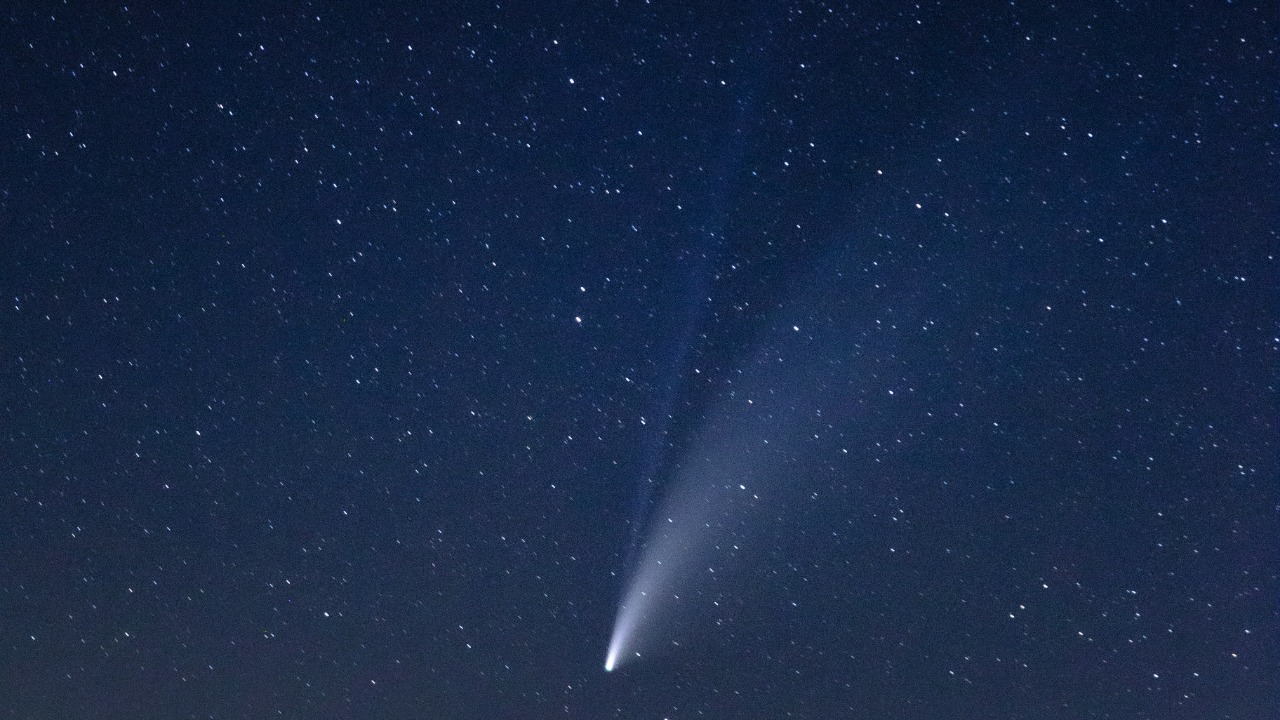
A mysterious object has been identified as an “interstellar visitor” by NASA while shooting through our solar system, sparking discussions about its origin and nature. A Harvard astrophysicist suggests this massive comet could possibly be alien technology, adding fuel to the debate about extraterrestrial life. As it races through space, some scientists propose it might be the oldest interstellar comet ever observed.
The Mysterious Interstellar Visitor

NASA has confirmed the presence of an “interstellar visitor,” an object that originated outside our solar system. This confirmation has piqued the interest of scientists and the public alike, as it raises questions about the object’s origin and composition. Although the object has been given a new name, the details of this name have not been specified in the reporting (Live Science).
The nature of this object has led to multiple scientific hypotheses regarding its composition and origin. Some scientists speculate that it could be composed of materials not commonly found in our solar system, which could provide insights into the conditions and processes that occur in other parts of the galaxy. The object’s trajectory and speed further suggest that it is not bound by the gravitational pull of our sun, reinforcing its interstellar nature (CBS News).
Further analysis of the object’s trajectory indicates that it entered our solar system from a direction that suggests it originated from the region of the sky known as the Lyra constellation. This path is consistent with other interstellar objects that have been observed, providing a potential clue about the common origins of such visitors. The object’s speed, estimated to be around 196,000 miles per hour, is another factor that distinguishes it from typical solar system comets, which are generally slower due to the sun’s gravitational influence. These characteristics have led scientists to consider the possibility that the object might have been ejected from its original star system due to gravitational interactions with other celestial bodies, a phenomenon that could offer insights into the dynamics of distant star systems (Live Science).
Alien Technology Hypothesis

A Harvard astrophysicist has proposed a bold hypothesis that the comet might be alien technology, challenging conventional scientific perceptions. This idea has sparked a lively debate within the scientific community and among the public, as it raises the tantalizing possibility of intelligent extraterrestrial life. The notion that alien technology could be entering our solar system is both exciting and controversial, prompting discussions about the implications of such a discovery (Fox News).
The hypothesis has also led to questions about whether current technology is capable of providing definitive answers about the object’s origin. While some scientists are intrigued by the possibility of alien technology, others remain skeptical, preferring natural explanations for the object’s characteristics. The debate highlights the limitations of current observational technologies and the need for more advanced tools to study such phenomena (Popular Mechanics).
The Harvard astrophysicist’s hypothesis draws parallels with previous interstellar objects, such as ‘Oumuamua, which also sparked debates about its potential artificial origin. The shape and reflective properties of these objects have been points of contention, as they differ from typical natural celestial bodies. The idea that such objects could be probes or remnants of alien technology is not entirely dismissed by the scientific community, as it encourages the exploration of unconventional possibilities. This hypothesis also underscores the importance of developing new technologies and methods to detect and analyze interstellar objects more effectively, potentially leading to groundbreaking discoveries about the universe and our place within it (Fox News).
Scientific Significance of the Comet

The comet is considered one of the oldest interstellar objects ever seen, marking a significant astronomical event. Its age and origin provide a unique opportunity for scientists to study materials from outside our solar system. By analyzing the comet’s composition, researchers hope to gain insights into the conditions and processes that existed in the early universe (TS2).
The composition and trajectory of the comet might offer clues about the early universe, potentially revealing information about the formation of stars and planets. This opportunity to study an interstellar object is rare and valuable, as it could enhance our understanding of the universe’s history and the processes that govern it. The comet’s journey through our solar system is a reminder of the vastness and complexity of the cosmos, and the potential for new discoveries that challenge our understanding of the universe (CBS News).
In addition to its potential age, the comet’s chemical composition is of particular interest to scientists. Preliminary spectroscopic analyses suggest the presence of carbon-based compounds, which are essential building blocks of life. This discovery raises intriguing questions about the prevalence of such compounds in the universe and their role in the development of life on other planets. The comet’s icy core, which is believed to contain pristine materials from its formation, offers a rare glimpse into the conditions that existed in the early universe. By studying these materials, scientists hope to uncover clues about the processes that led to the formation of galaxies, stars, and planetary systems, thereby enhancing our understanding of cosmic evolution (TS2).
Debate and Speculation

The unusual characteristics of the object have led to a variety of scientific theories and public interest. While some scientists are open to the possibility of alien technology, others remain skeptical and prefer natural explanations. This skepticism is rooted in the lack of concrete evidence supporting the alien technology hypothesis, as well as the challenges of studying such a distant and fast-moving object (Popular Mechanics).
Ongoing observations and research aim to uncover more information about the object, though concrete conclusions remain elusive. Scientists continue to analyze data and refine their models in an effort to better understand the object’s origin and nature. As technology advances, future missions may provide more definitive answers, but for now, the debate continues, fueled by both scientific curiosity and the enduring question of whether we are alone in the universe (Popular Mechanics).